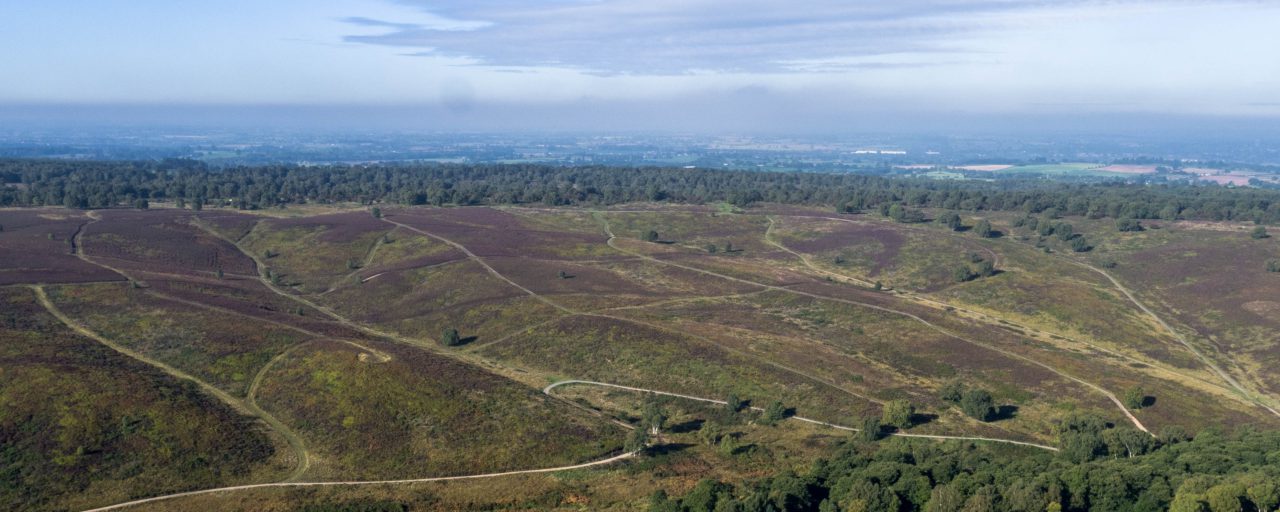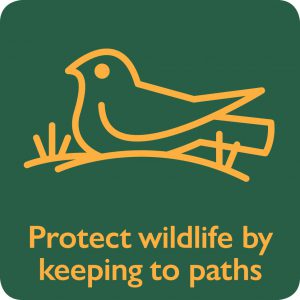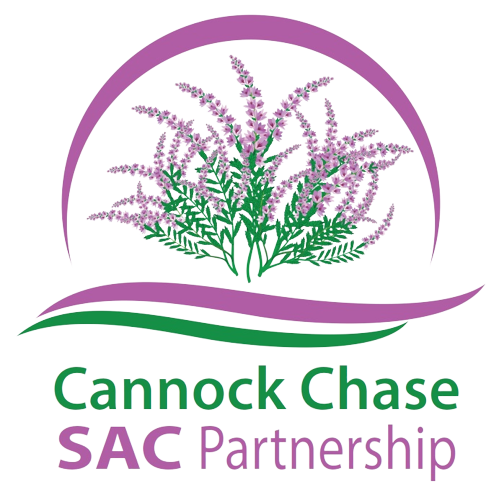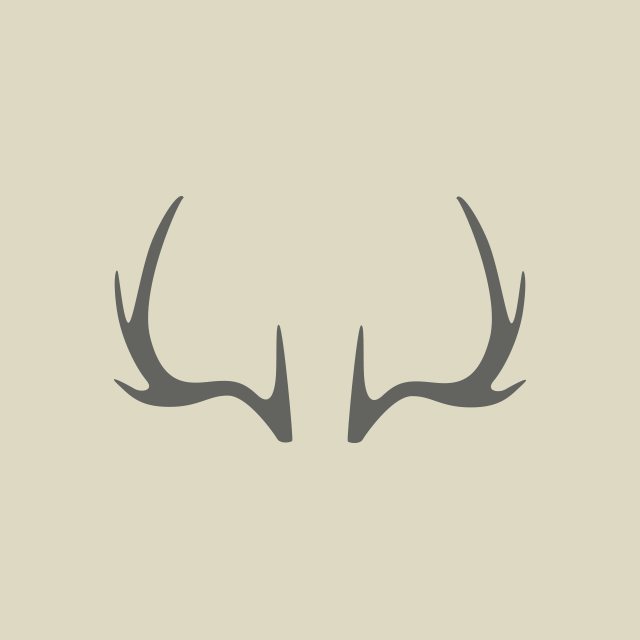- Home
- Latest News
- Its Only Heather ….

Its Only Heather ….
By: Cannock Chase SAC Team
Heather is a reasonably common place plant in the UK. Most people will have some idea of what it looks like so why are we so protective of it on Cannock Chase?
Whilst heathland that you can see in the photo above is often dominated by heather, it indicates a habitat that is home to a range of species that need the heathland plants for shelter and food.
The heather, gorse, bilberry and cowberry that you will typically find on heathland (on Cannock Chase we also have a unique bilberry/cowberry hybrid) offer a structure to the landscape. These low lying but bushy plants need to cover large, undisturbed areas to offer the shelter needed to the ground nesting nightjars and woodlarks that breed on the Chase. We need to leave these areas undisturbed so that the birds can nest, feed and raise their young. This is why we ask visitors to keep to the paths and keep their dogs on leads from the start of April to the end of August to give these increasingly rare birds the best start we can.
Heathland is also home to a range of insects including mining bees, ants and wasps that in turn feed the birds and bats that visit the Chase as well as reptiles such as adder and slow worms. Each time we walk through the heather & heathland plants we create ‘edges’ on either side of us. Most species will move away from these ‘edges’ to reduce the risk of disturbance. Over time the amount of undisturbed heathland reduces as the routes through the heath increase (you may have heard this called fragmentation). This is why we ask visitors to keep to the paths when enjoying the Chase so that the ‘edges’ remain constant, and we can maximise the amount of undisturbed heathland for the important wildlife that lives here.
The reason the heathland is here at all is down to the soil. Heathland soils are typically acidic, free draining and low nutrient. This means that the soil is not rich enough, wet enough and too acidic to naturally grow trees, grass or crops. The plants that do grow here are perfectly suited to this environment and the insects, birds and mammals that they support. However, human activity is changing this.
As you walk on the Chase you will see bramble, wavy haired grass and purple moor grass along the road and path sides amongst other plants typically not found on heathland. This is because our activities are enriching the soil, making it more suitable for other plants that, once they get going, can dominate the existing heathland plants.
Nitrogen Oxide from air pollution (from cars and industry) is deposited on the Chase when it rains. This causes the heather to grow quickly at first but then it also ages quickly, becomes more susceptible to frost, drought and insect attack. The heather dies back creating space and light for grasses and other plants. This is also the case along path sides where dogs poo. If left, the poo breaks down and enriches the soil changing the conditions and so the plants, insects, birds (the list goes on). This is why we ask dog walkers to pick up their pet’s poo, not only because it is unpleasant to see about but also because it changes the ecology of the Chase.
There are so many reasons to visit and enjoy the Chase and a few small things visitors can do to ensure the Chase stays special for years to come.
Thank you for playing your part.




You may also be interested in
Heath Week 2024 Round Up
30 September 2024
Find us on Facebook!
14 November 2023


